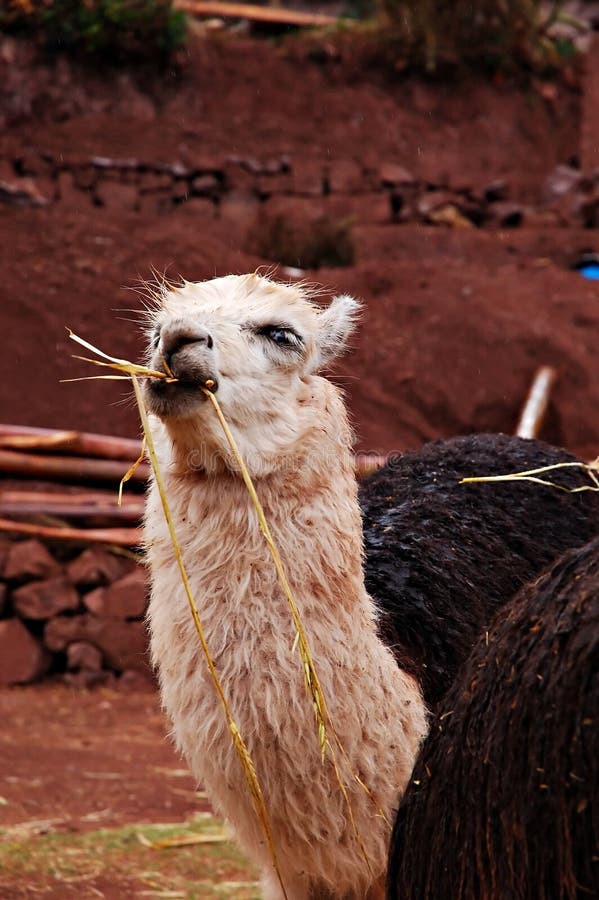

We have a huge range of hay net hole sizes available and in order to help you with your decision on what hole size/s will best suit your livestock, we have more information here.Ĭattle - The slow demise of a round bale. In addition to the information below, you will also find more photos and stories on feeding Livestock with a GutzBusta Round Bale Net on our Blog page. This way the microbes in the gut have time to adjust to any feed changes.Stop soiling and wastage and slow the rate of consumption of precious hay with your Livestock!! *Remember to introduce any changes to the diet gradually over a period of a couple of weeks.
#Alpaca hay feeder free
free choice hay, protein levels checked.You should see them crowd around when we bring it out in the morning you’d think it was hot coffee.

In the winter we take hot water out to the barn to heat up their water because if the water is to cold they may not drink enough. In the summer we have many large containers spread out in the fields to make sure no one is going with out water. It must be clean and the containers should be clean out once a week and the water changed every a day to keep it fresh. Water is the last thing on my list and probably the most important. Alpacas are ideal small acreage’s and You can keep between five to ten per acre. Also you should have a good variety of different grasses so there is grass growing through out the growing season. If you are planting a new pasture you should get the soil tested to see what you need to add to it. Pasture is just as important and you should make sure there are no toxic plants in the fields. To ensure that every one gets a fair chance at getting their share of grain we have many little feeders all over the barn, it’s like an easter egg hunt at feeding time everyone looking for the best place for grain but they settle down quickly and the grain is gone if five minutes. In North American we tend to over feed if your alpacas have lose stools and you have checked for parasites have a look at your feeding program you might be over feeding. More is not necessarily better in this case. We feed a cup a day per alpaca which seems not very much but if you over feed you might find your stock gets the runs from to much protein. It is designed for our soil conditions in our area and also contains grounded up grains mixed and compressed into pellets. We use a dairy hay but test the hay for protein levels, nitrate and potassium levels to make sure it is suitable for our needs.īesides hay and pasture alpacas need minerals which we give to them in a pellet made by our local feed mill which is designed by our vet and the feed company. Because it is to hard to see what they are eating we feed free choice hay all the time. An average alpaca of 140 pounds would need to eat two pounds of hay per day. They need to eat two% of their body weight each day to be healthy and be able to meet their reproductive needs.

Lactating females need 13 to 15% protein to produce adequate milk and not lose too much weight (see body scoring to access weight). For pregnant females they need 12 to 14% protein for the first two trimesters and 12 to 14% for the last trimester and older weanlings (tues). Protein levels should be 8 to 10% for adult males, non pregnant and non lactating females. They need to have a low protein hay and pasture grass. Alpaca are a ruminant, not a true ruminant because they have one stomach with three compartments but they chew their cud just like a cow.


 0 kommentar(er)
0 kommentar(er)
